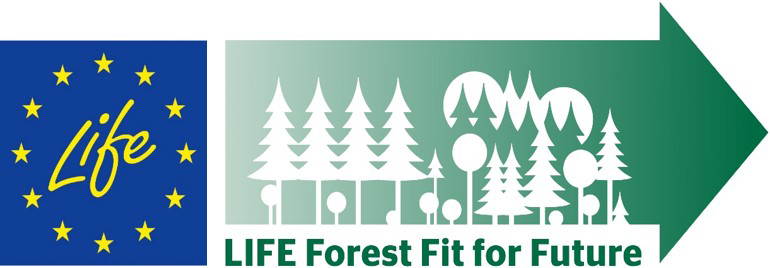What Is Close-To-Nature Forestry?
What Is Close-To-Nature Forestry?
Close-to-nature forestry is a way of cultivating the forest that ensures a more diverse and stable forest, benefiting biodiversity, landscape conditions, diverse timber production, and more. Close-to-nature forestry is based on principles of natural regeneration, with many tree species of different ages within a smaller area. Additionally, close-to-nature forests do not involve drainage or soil cultivation.
Long-Term Goal
Before deciding how each stand should be treated in the future, it is important to have a long-term goal for the type of forest to be created. In close-to-nature forestry, forest development types are used to transform individual stands towards the long-term goal.
Close-To-Nature Forest Management in Life4forest - Brief Overview
With reference to sustainability, the goal of close-to-nature forest management is to provide the following to society:
- Timber and other forest products
- Protection of soil and water
- Reduction of climate change through effective carbon capture and circulation
- Recreational, social, and cultural aspects
- Preservation of ecosystems and their associated biodiversity
Forest management systems can be ranked based on how intrusive the operations are, i.e., the nature of different management activities such as tree species selection, soil cultivation, weed control, planting, thinning, or harvesting. The choice of methods influences the structure and function of the forest ecosystem, including soil fertility, biodiversity both below and above ground, carbon sequestration, resilience to climate change, storms, fires, etc.
Close-to-nature forest management, also known as 'ecologically sound forestry' or 'continuous cover forestry,' is characterized by less intrusive forest management, which relies on mimicking nature's own processes and aims to minimize risks in production. The system has a long-term planning character due to the long lifespan of trees.
In practice, this involves:
- Using tree species that are either native or have shown adaptation to the site over an extended period.
- Regenerating through natural seeding from existing trees on the site, supplemented by planting if desired tree species are lacking.
- The goal of pre-commercial thinning is to control the species composition in the upcoming tree generation and ensure the production of quality timber.
- Implementing target diameter logging in the overstory, and harvesting at a relatively high diameter, increasing the amount of carbon captured and stored in the forest as well as in the harvested wood.
- Preserving the forest climate as much as possible, i.e., clearcuts are avoided or carried out only on limited areas where they may be necessary in a conversion phase.
- No fertilization or spraying is done. In specific cases, mineral fertilization may be advantageous, and in some cases, the forest should receive ash from biomass-based heating plants to ensure recycling.
- Machine operations are conducted in a way that minimizes impact on the soil.
- Establishing multi-layered stands with various tree species and ages is essential.
- Considering other ecosystem services at the forest level where relevant. Forest level refers to the overall forest, as opposed to individual stands. Stands are defined as smaller units (often 0.5-10 hectares) characterized by uniform tree species composition, age, height, structure.
- Operations should, where relevant, consider multiple ecosystem services.
- Close-to-nature forest management assumes that population levels of wildlife species are not artificially high.
